Annapurna Region
Explore Our Exciting Packages
Discover Unforgettable Adventures Await in Annapurna Region
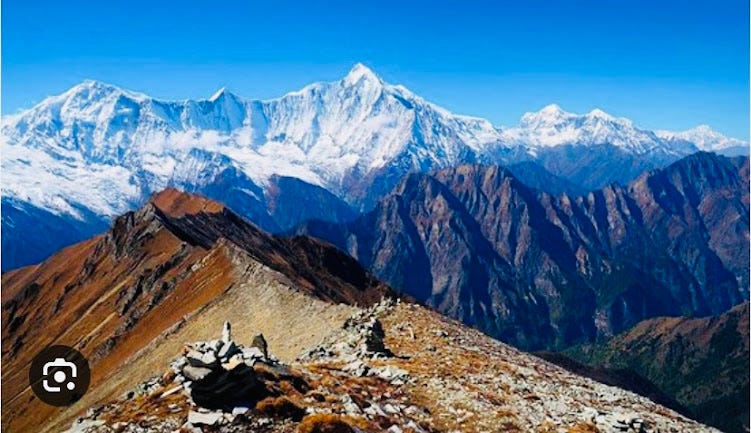
20 Days
Annapurna Nar-Phu Valley Trek
NPR 1000 Per Person
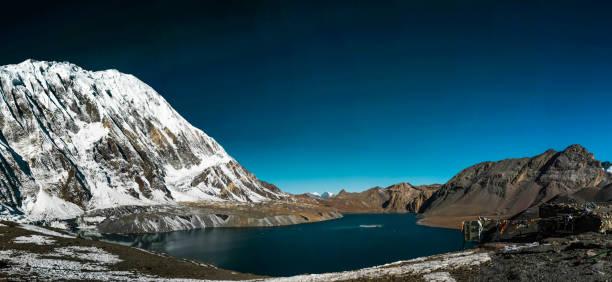
21 Days
Annapurna Tilicho Trek
NPR 1000 Per Person
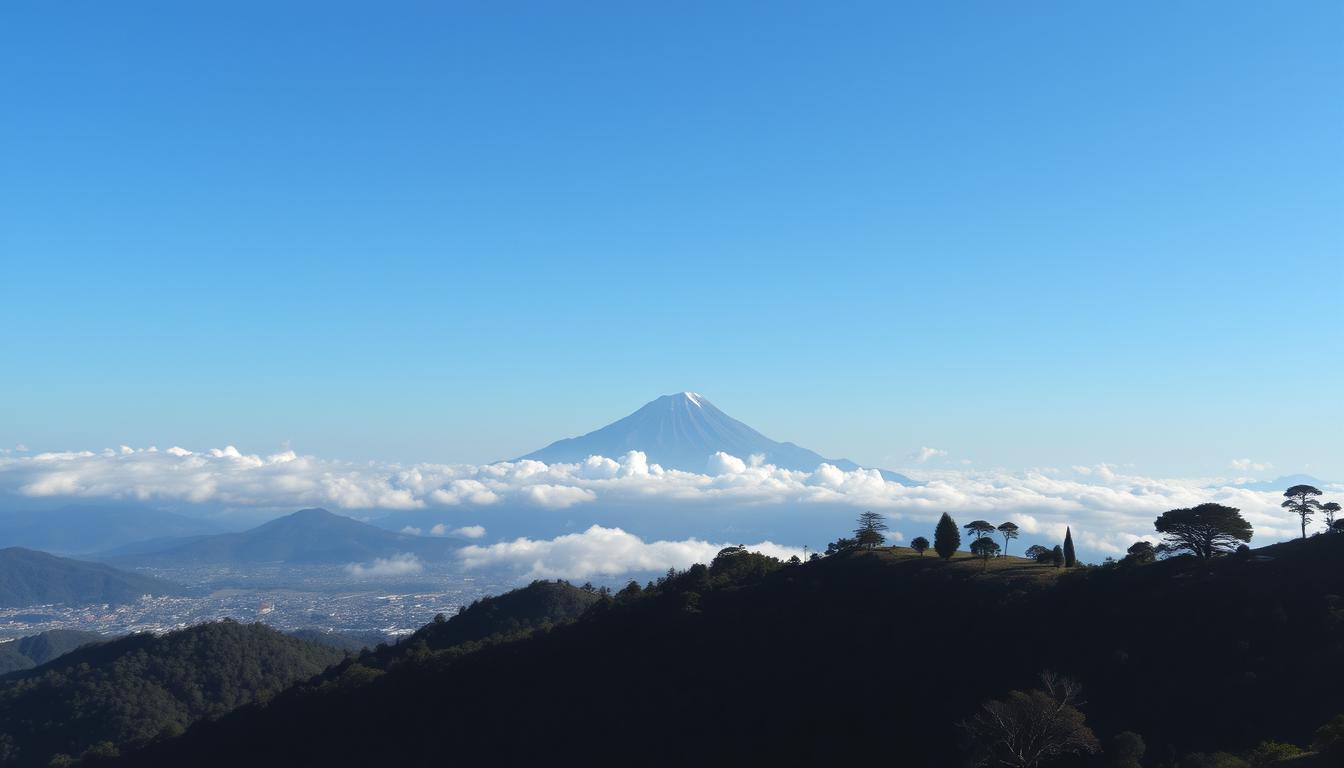
6 Days
Ghorepani Poonhill Trek
NPR 1000 Per Person
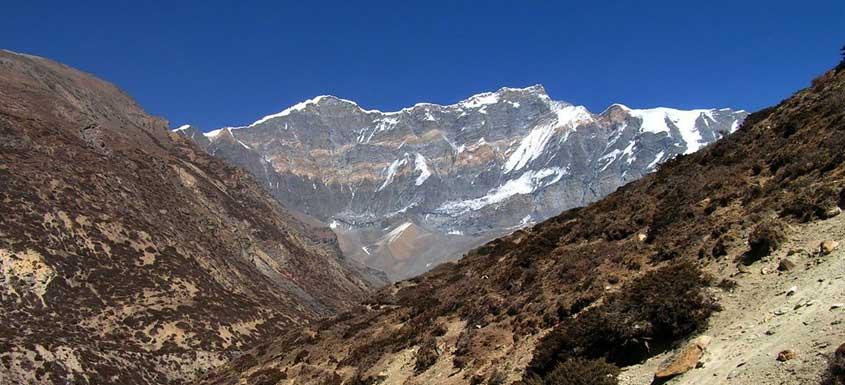
20 Days
Chulu West Peak
NPR 1000 Per Person
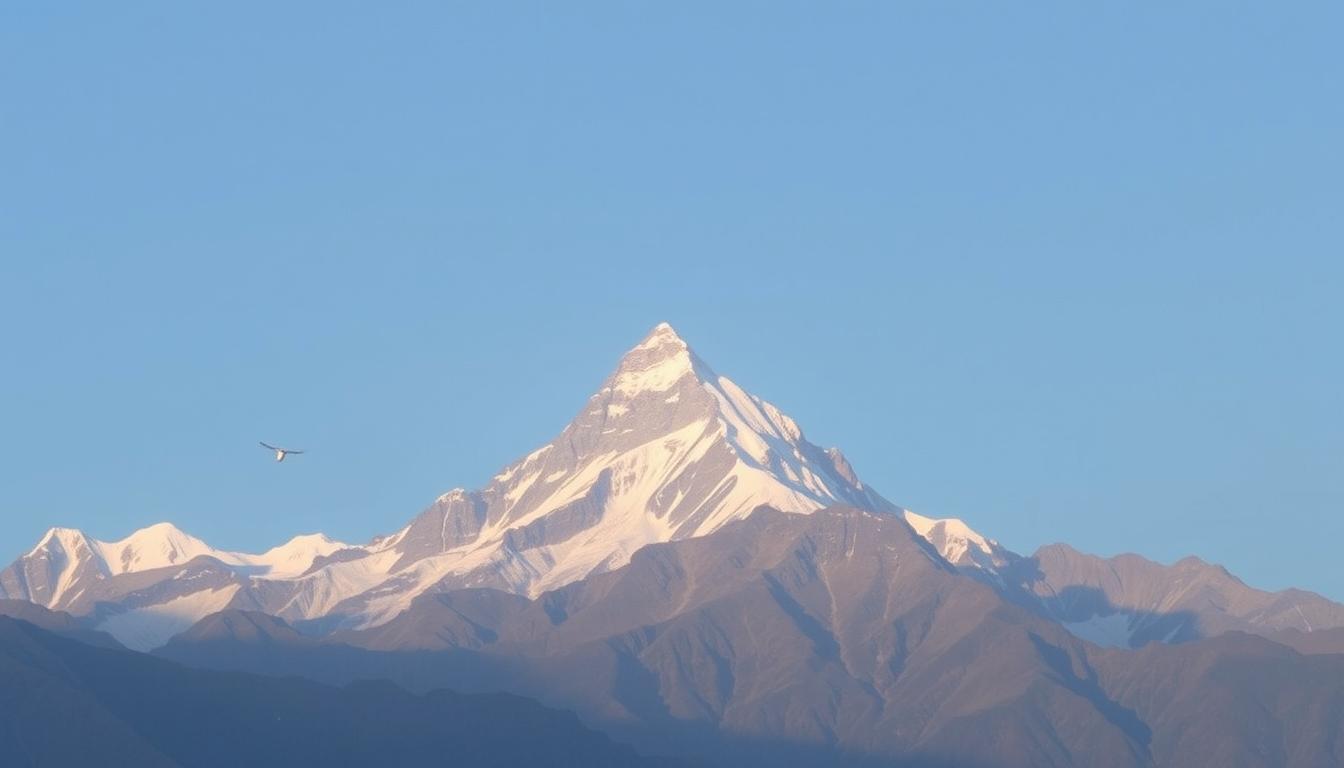
21 Days
Mardi Himal Peak
NPR 1000 Per Person
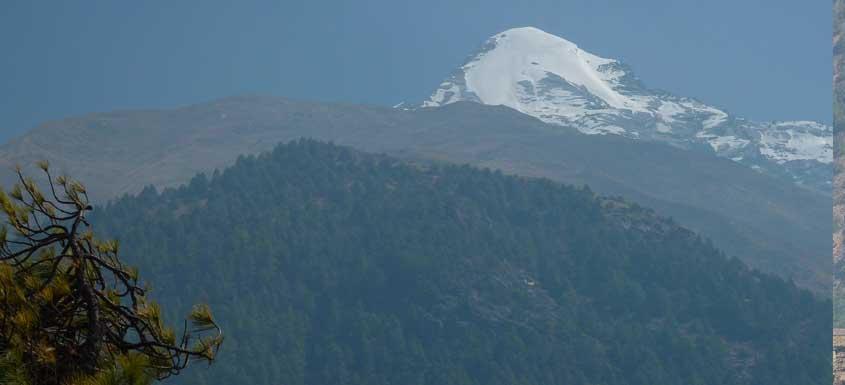
24 Days
Pisang Peak
NPR 1000 Per Person
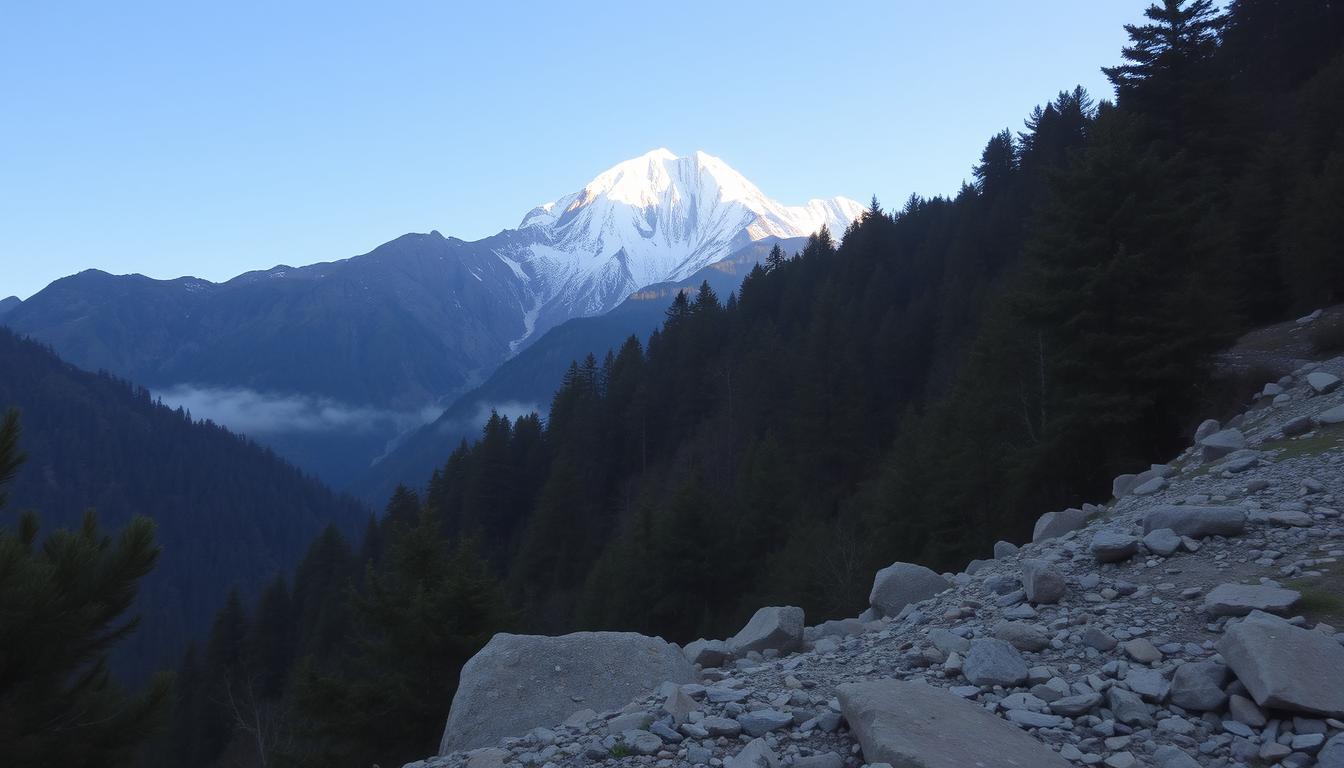
29 Days
Thapa Peak
NPR 1000 Per Person
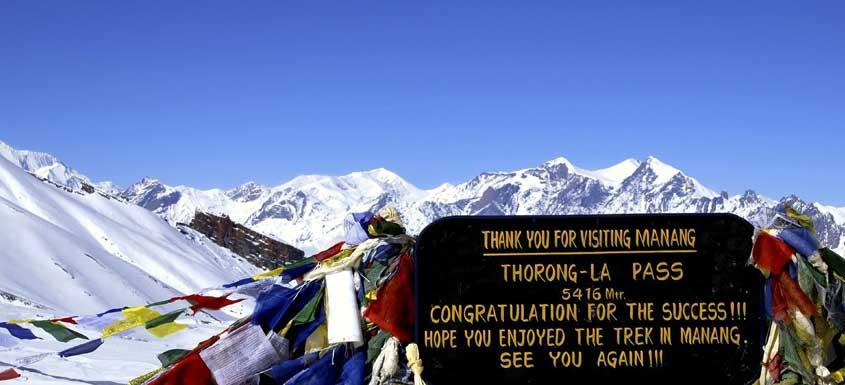
21 Days
Thorong Peak
NPR 1000 Per Person

22 Days
Tent Peak Climbing in the Annapurna Region: An Ultimate Guide
NPR 1000 Per Person
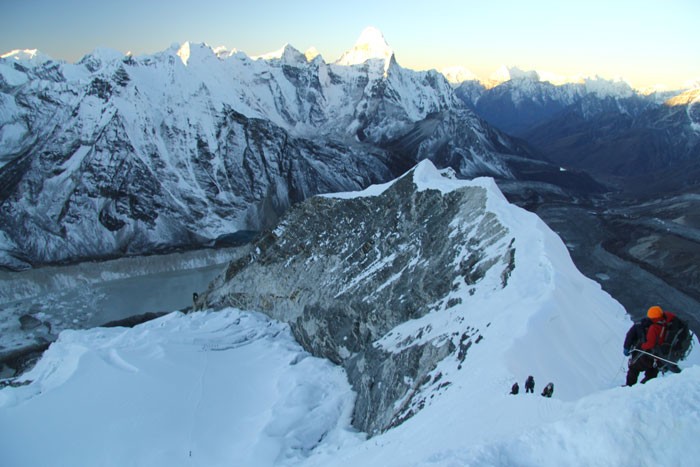
17 Days
Pisang Peak Climbing Expedition: A Complete Guide
NPR 1000 Per Person
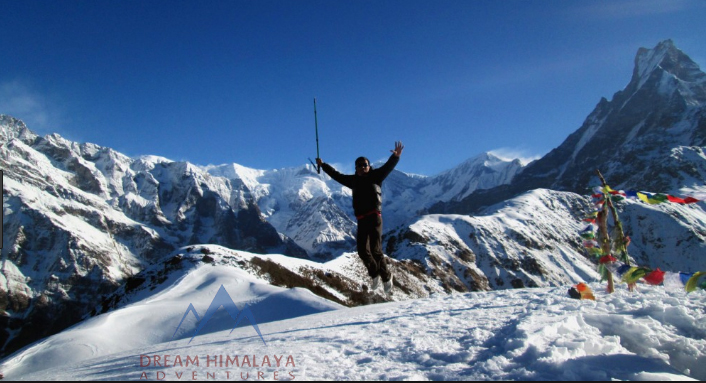
18 Days
Mardi Himal Climbing Expedition: A Comprehensive Guide
NPR 1000 Per Person
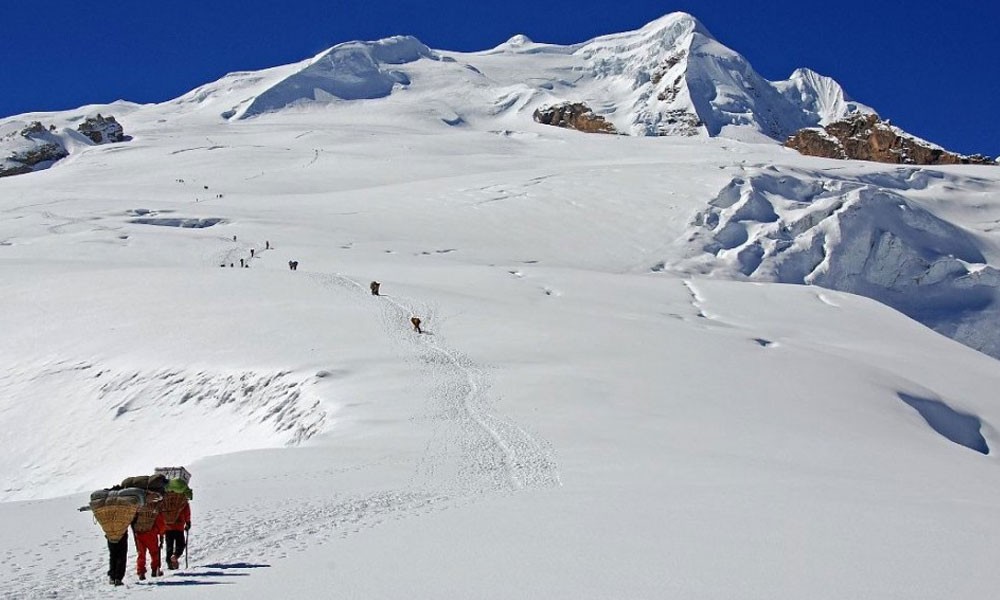
20 Days
Chulu West Peak Climbing: A Complete Expedition Guide
NPR 1000 Per Person